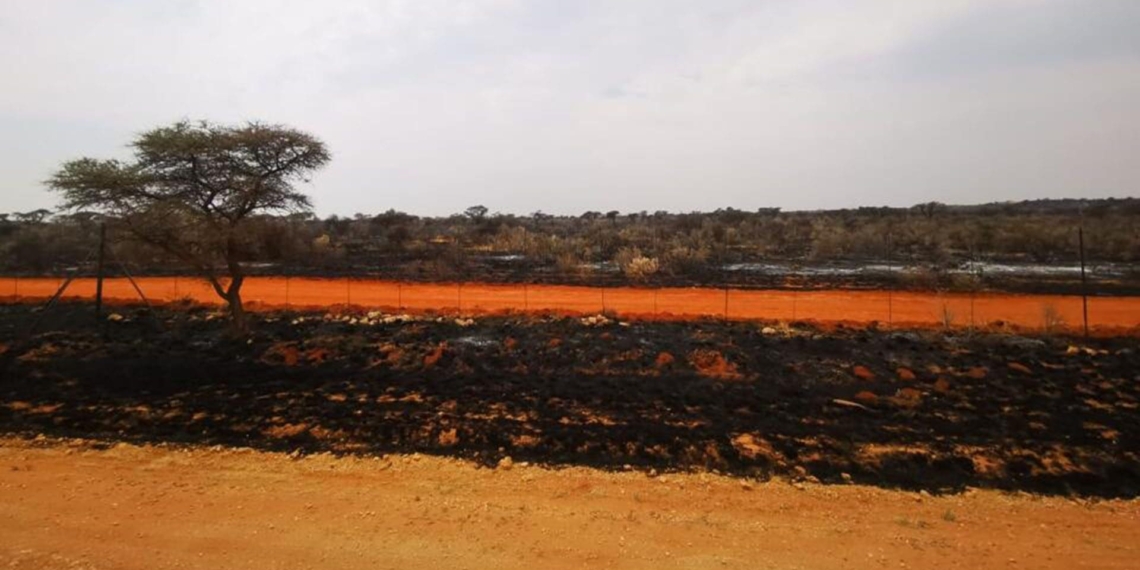As wildfires rage across South Africa, the visible destruction of land is just the beginning. While firefighting efforts have reduced the extent of burns, experts warn that fire inflicts lasting damage below the surface, destroying vital soil life and ecosystems that underpin agriculture.
Last year, South Africa reported nearly four million hectares burnt. This year, between February and November, 11 149 veld and wild-land fires burnt about 32 187 hectares, a sharp drop from the 78 000 hectares burnt in 2023/24. The Swartberg fire, the most significant single incident of the season, burnt an area covering 15 545 hectares.
Anton Bredell, the Western Cape minister for local government, environmental affairs and development planning, highlighted the progress made in wildfire management this season.
“With this season done and dusted, our planning for next season is well underway, and I plan to meet with counterparts at our national department of forestry, fisheries and the environment to discuss the future of the Working on Fire Programme to secure future funding for firefighting in the Western Cape.
“We repeat our concern about the lack of aerial support from the South African National Defence Force. During the past season, there were again no military helicopters available for deployment during operations in our province,” he said.
📢 Stand Up, Be Seen, Be Counted
We want to provide you with the most valuable, relevant information possible. Please take a few minutes to complete this short, confidential survey about your farming practices and challenges. Your feedback helps us tailor our coverage to better support the future of agriculture across Mzansi.
Beneath the ashes
Yet, while the immediate focus is often on the visible damage caused by wildfires, experts warn that the true cost runs much deeper. Hammond Motsi, a soil scientist, explained the profound effects fire has on soil quality.
Related stories
- Veld fire training highlights need for farmer preparedness
- Joining Fire Protection Associations key to combat veld fires
- BASF backs safer farming with PPE kits and training
“Fire affects soil microbiology and microorganisms, the engines of the soil. Soil biology includes bacteria, fungi, earthworms, and springtails, all vital for decomposing organic matter and maintaining soil health. When fire kills these organisms, soil activity halts, severely degrading soil quality,” he said.
Motsi explained that soil organic matter is crucial because it holds the soil together and supports other important soil properties. When fire burns this organic matter, the soil loses its ability and value to function properly as a living system.
Motsi also shared that fire does not always result in bad outcomes for soil; there can be positive effects, especially when it is started deliberately by farmers.
“The soil also has negative components not needed by farmers, like weeds; some farmers burn them deliberately to burn the crop residue or stover. Some plants will have diseases and parasites, so burning those things means you are actually improving the soil,” he said.
Economic impact of veld fires
Dimpho Xaba, another soil scientist and farmer, highlighted the economic and ecological risks of wildfires for farmers.
“When attacked by wildfires, not only do farmers lose money, but the ecosystem is also affected. Without host grass, some important insects will die, and the job they perform in the soil will be left to a worker.
“Animals also suffer significant losses as no grass will be left for grazing. Farm animals experience famine and may ultimately die or lose weight, which hits farms hard in the pocket.”
He cautioned that wildfires kill beneficial microbes in the soil, leaving it useless to crops and ultimately threatening food security.
“Uncontrolled wildfires may also destroy the infrastructure of nearby farmers or properties, leading to unnecessary financial claims and lawsuits. Farmers should take crop cover with reputable insurance companies to protect their farms against this,” Xaba said.
READ MORE: SA set for record-breaking 2025-26 canola harvest

















